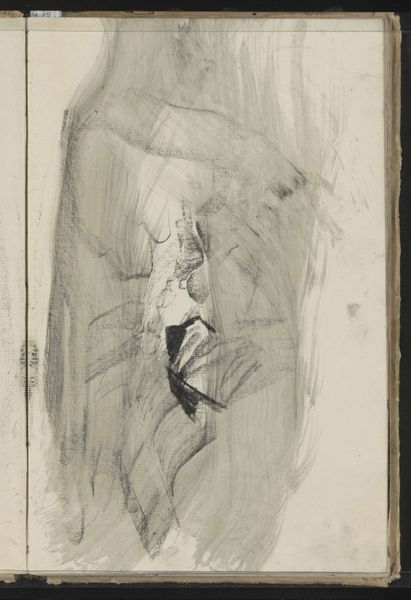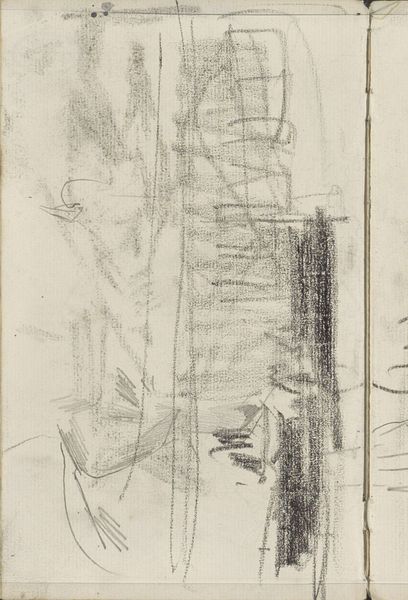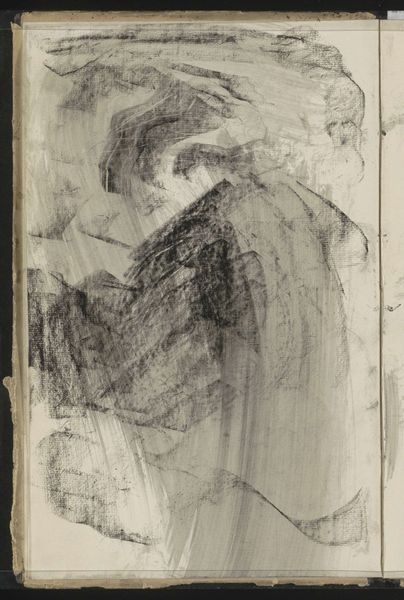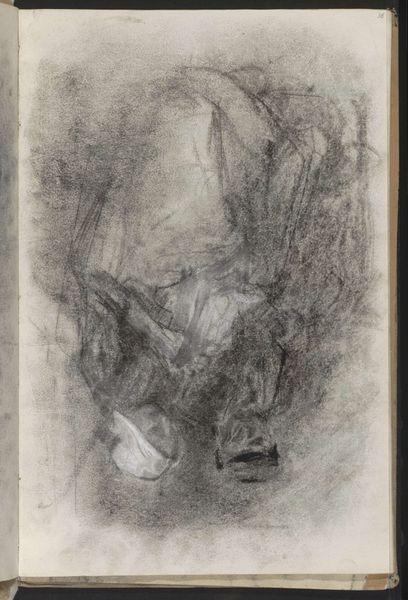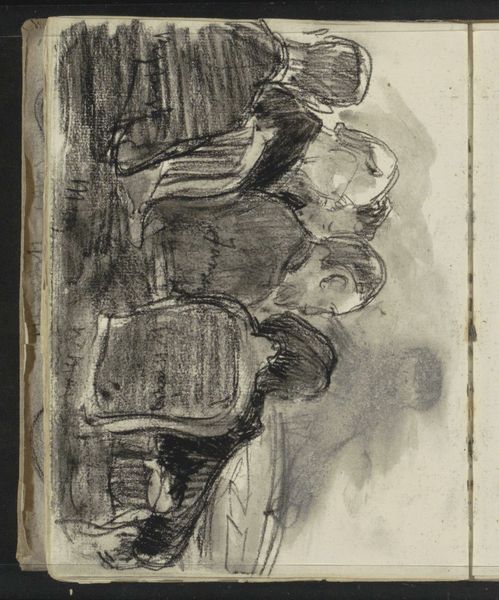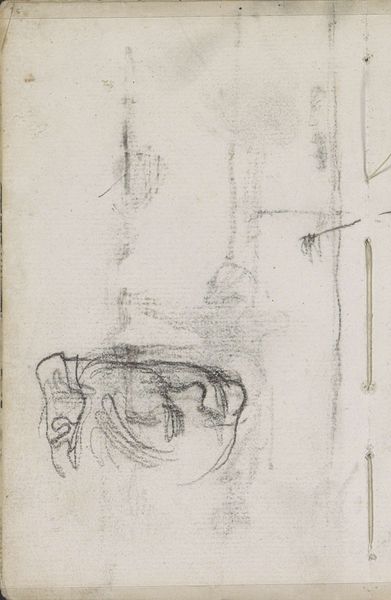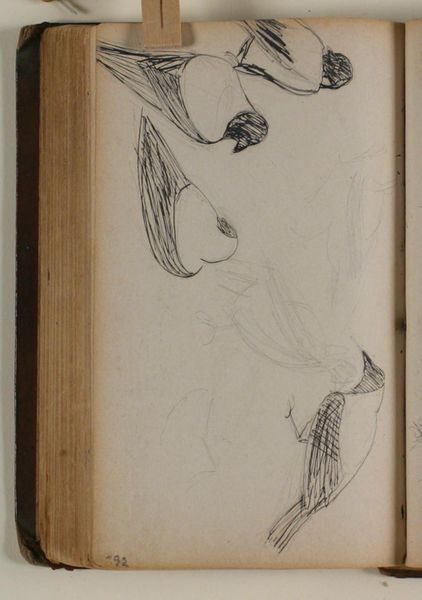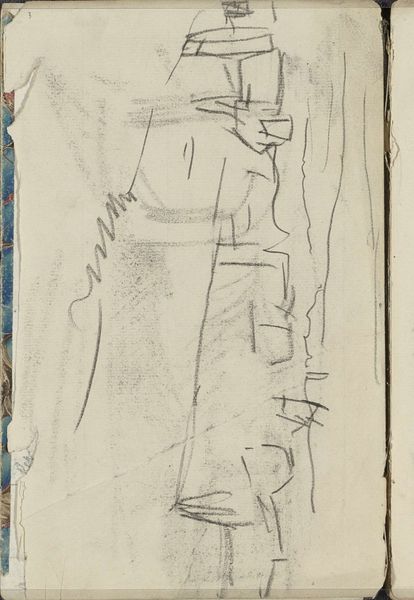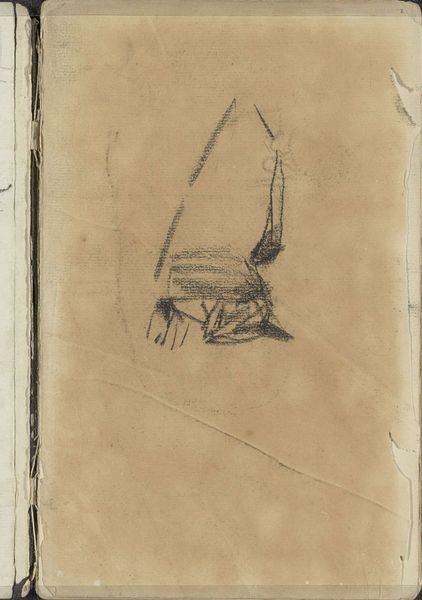
drawing, pencil
#
portrait
#
drawing
#
impressionism
#
pencil sketch
#
pencil
#
realism
Copyright: Rijks Museum: Open Domain
Curator: Standing before us is "Zittende vrouw met een touw in haar handen," or "Seated Woman with a Rope in her Hands," a pencil drawing created around 1890 by Carel Adolph Lion Cachet. It resides here at the Rijksmuseum. Editor: It strikes me immediately as somber, even melancholic. The muted tones and the sketch-like quality give it an unfinished, intimate feel. There's something intensely private in the posture. Curator: That's astute. Notice the masterful use of line and shading to convey depth and texture. The weight of the woman’s cloak, the delicate rendering of her facial features, all achieved with such economical means. The tension between the loose strokes of impressionism and firm outlines of realism is also worth noting. Editor: Yes, but let's not overlook the "rope" mentioned in the title. What significance might that hold, socially and historically? Were such ropes commonplace items? What does it say about women of the period, that she should be depicted with a length of rope seemingly in her possession? Curator: That is precisely where the interpretation becomes interesting! Consider, if you will, how the starkness of the subject could communicate the complex interior life of its model, given Cachet's emphasis on realism. One should not assume one's current knowledge projected backwards in time. Instead, consider the structural relationships in play within the scene and drawing, and in absence of definitive answers, the mind tends to fill in the blanks using preconceived notions. Editor: Perhaps. However, artists frequently use commonplace props to explore broader socio-political themes. The presence of the rope might allude to social constraints of the era and how the lack of freedom to define oneself was quite a problem, especially for women of a particular economic position. Curator: The intentional ambiguity adds to its power, wouldn't you agree? It remains perpetually open to interpretation based on the elements found on the sketch-pad. The overall composition directs our eye to dwell upon its curious elements, whether social, historic, or anything that may come after. Editor: An insightful, multilayered dialogue piece with some unresolved issues is just the best type of experience museums provide, it certainly creates room for a robust interpretation to be made by each patron, I do agree with that. Curator: Indeed. It is in this intersection between observation, deduction and imagination, and, also emotion, that the drawing continues to intrigue and compel.
Comments
No comments
Be the first to comment and join the conversation on the ultimate creative platform.
